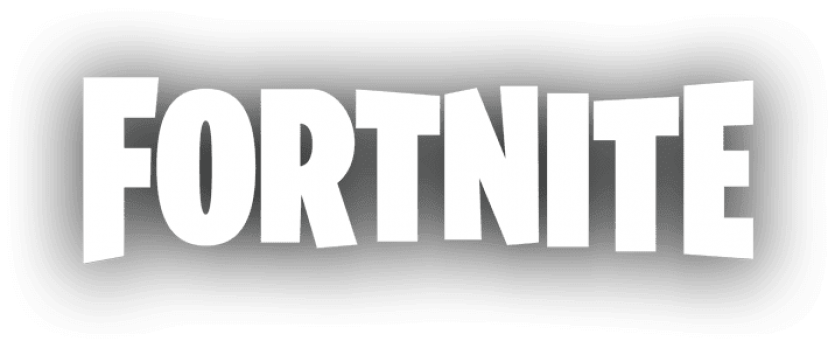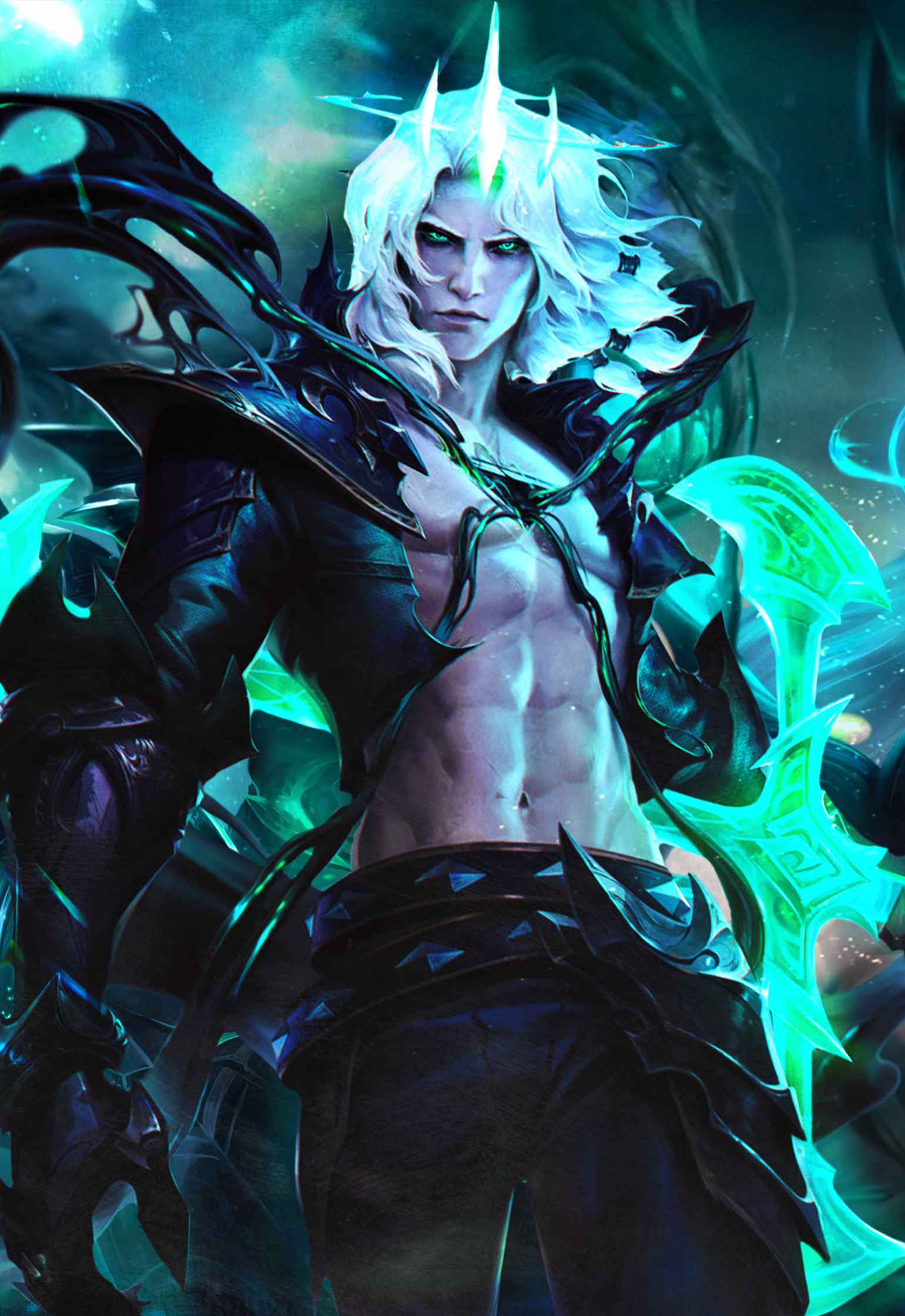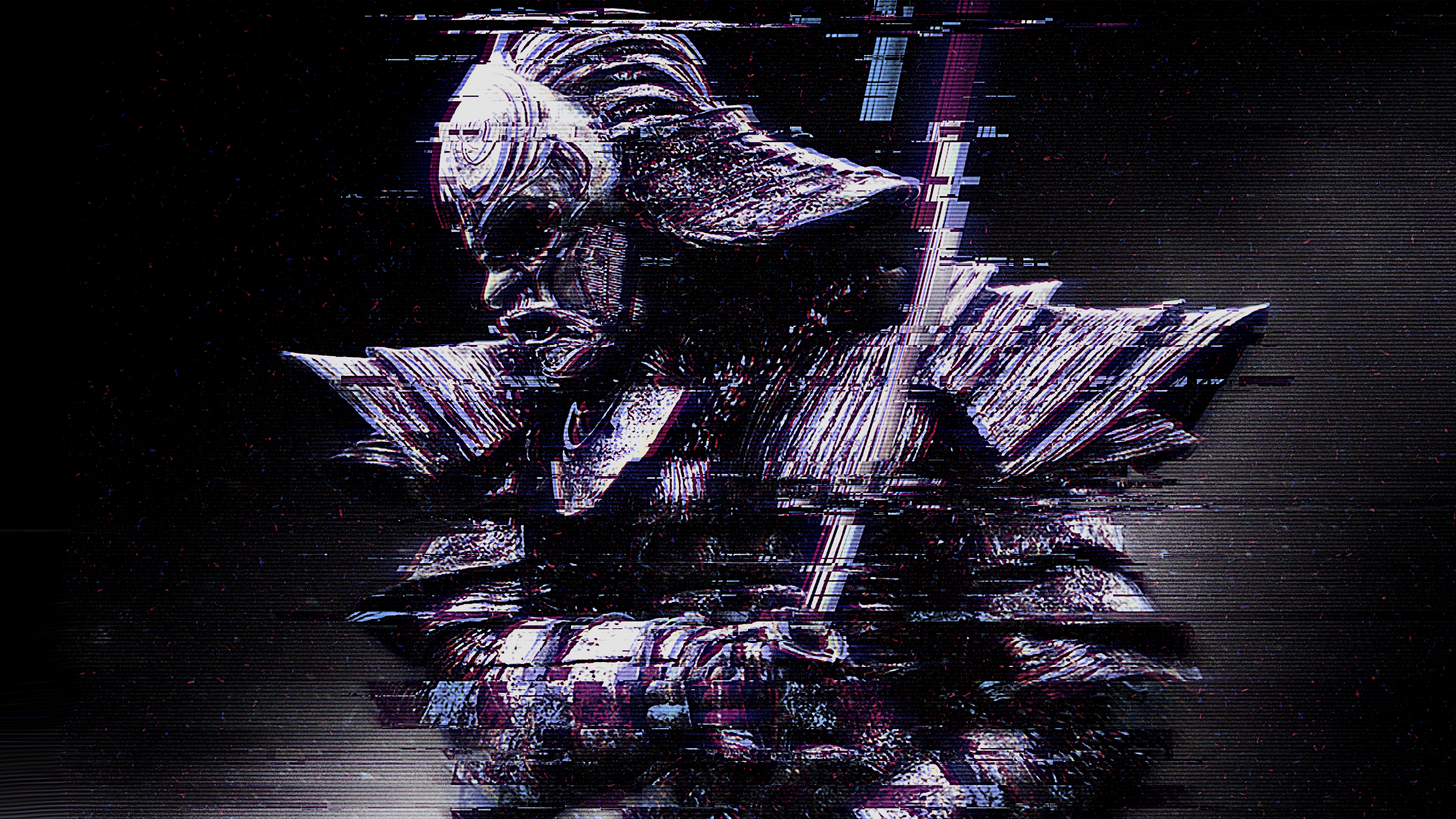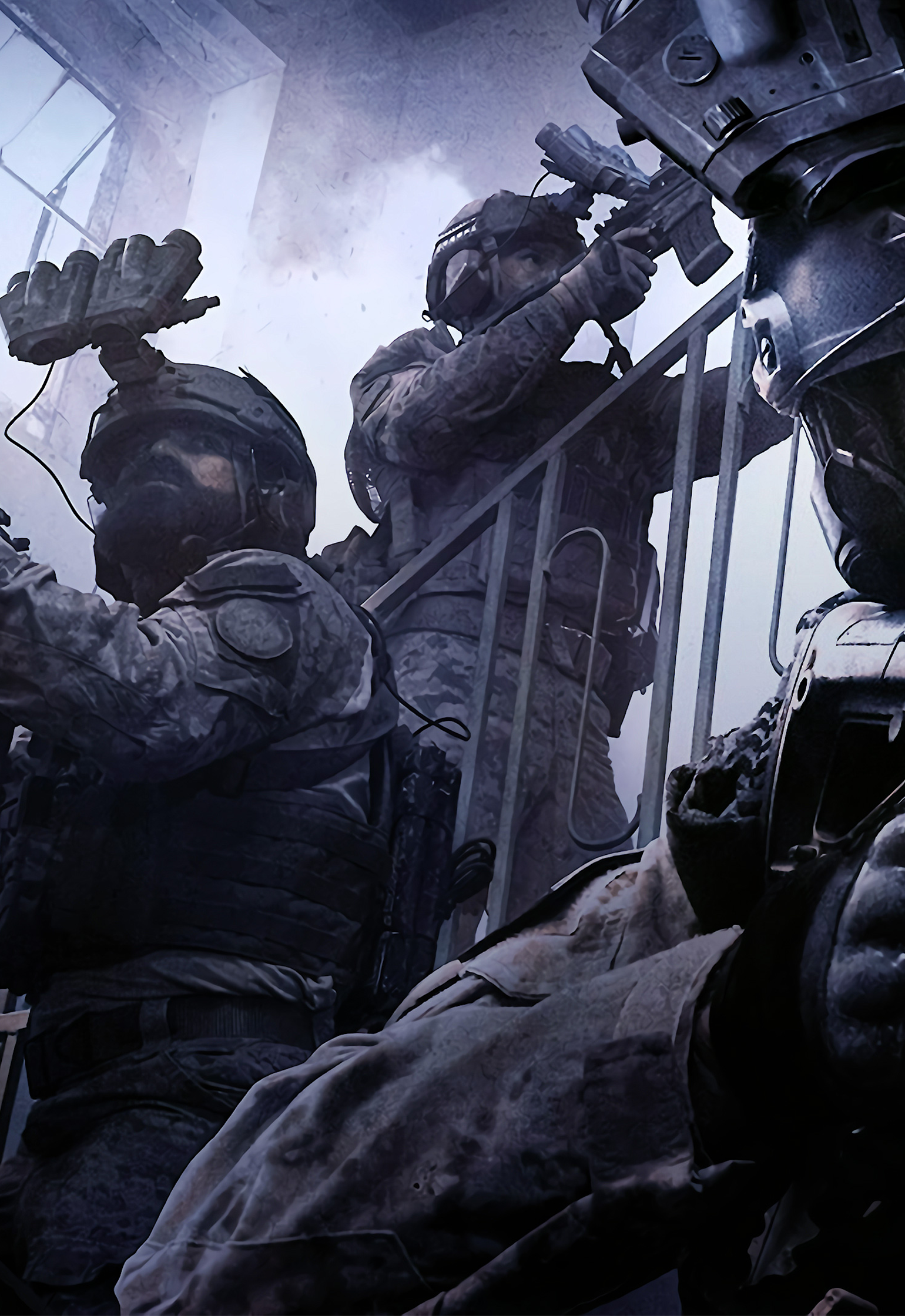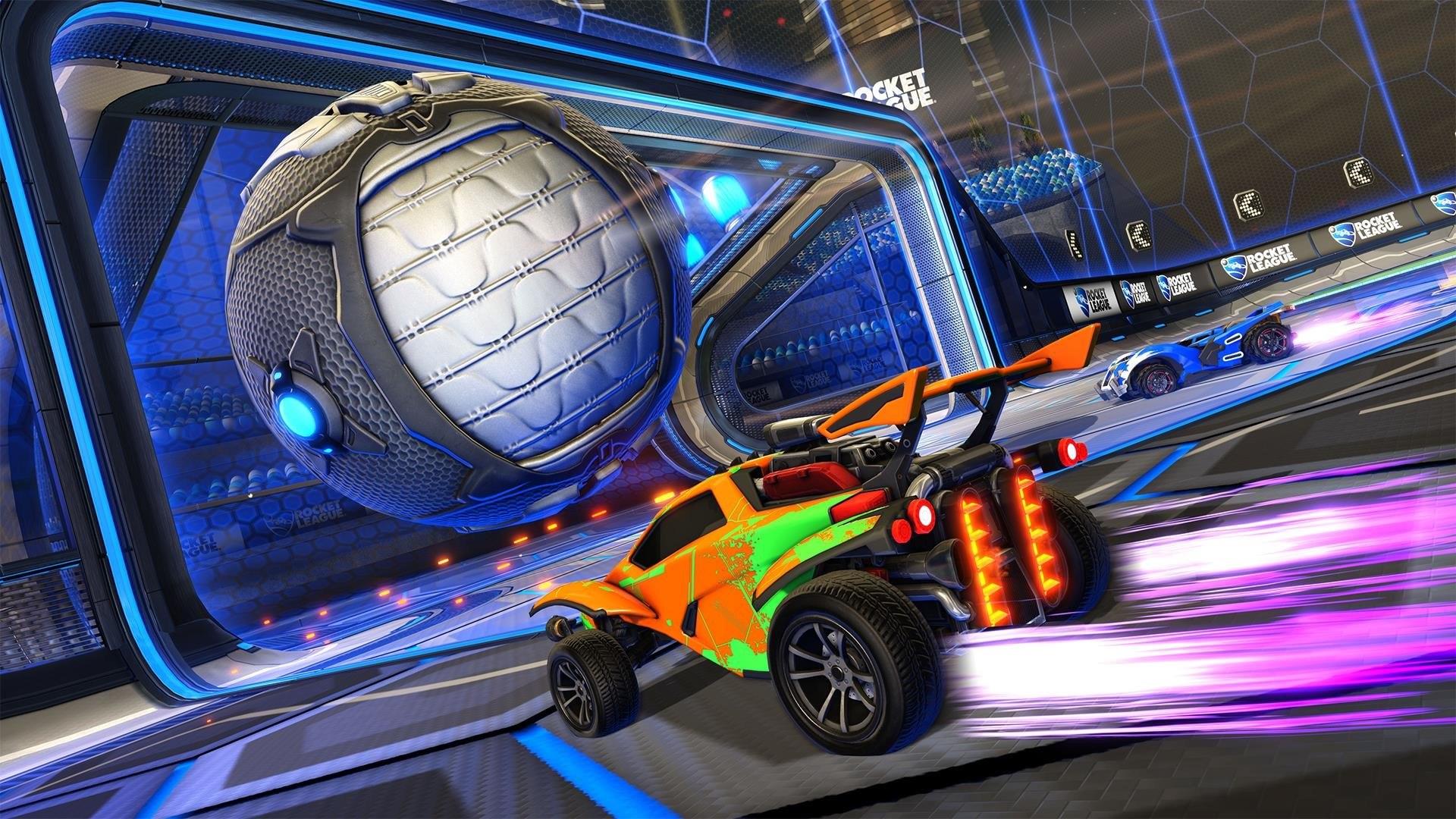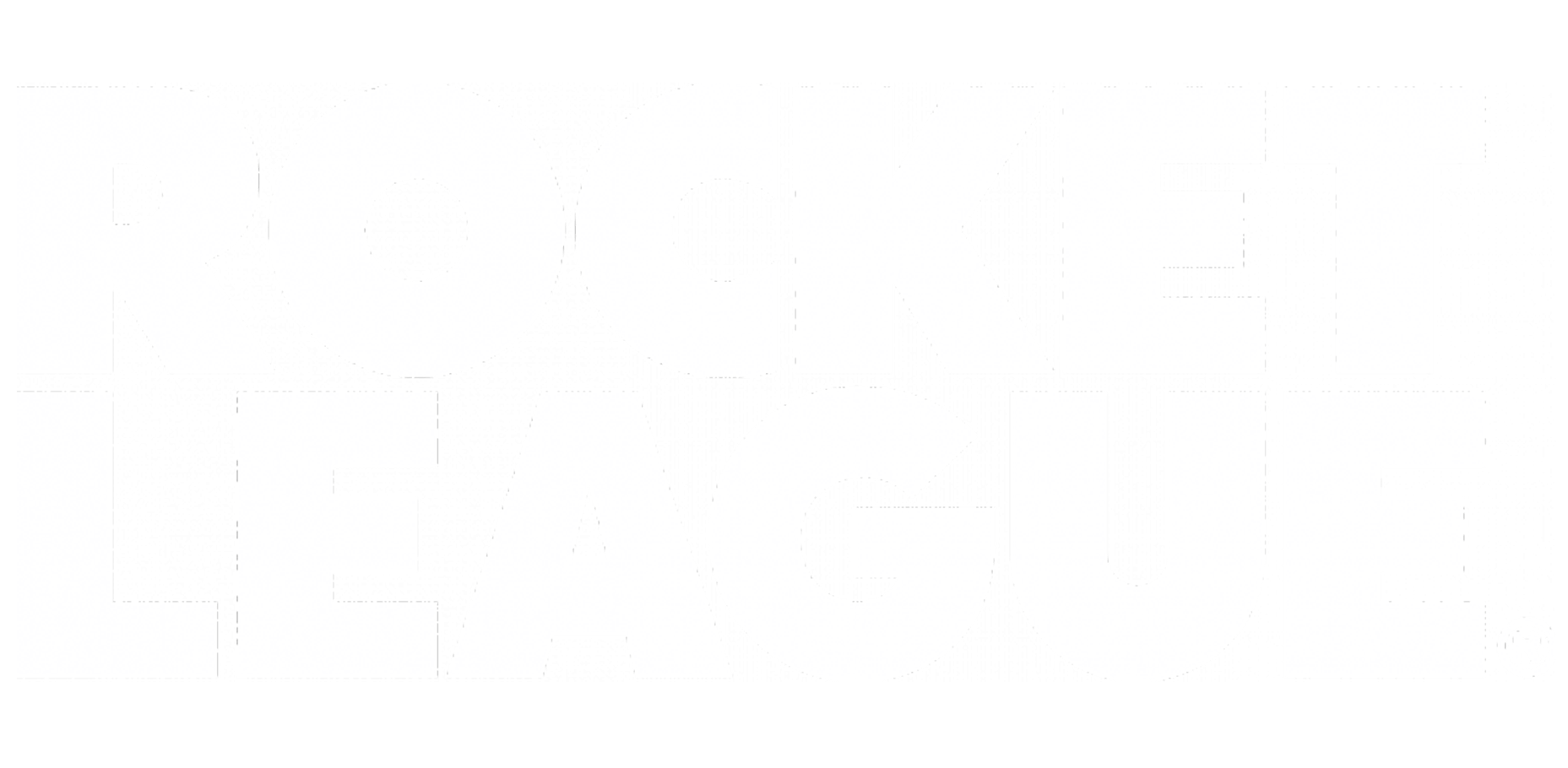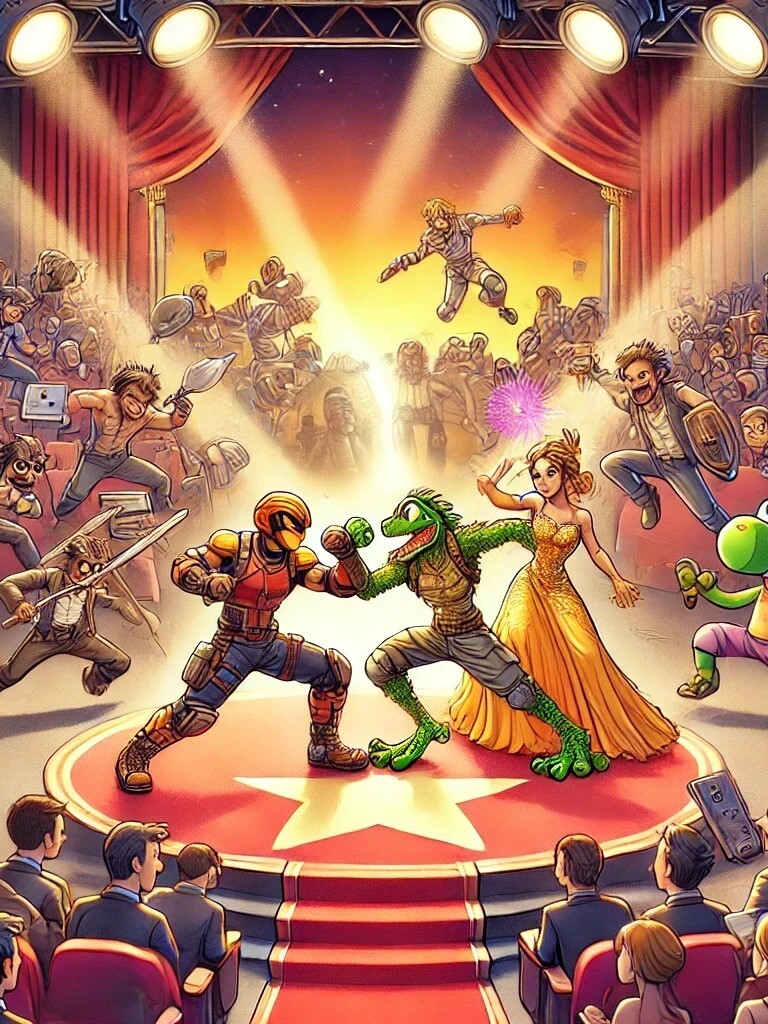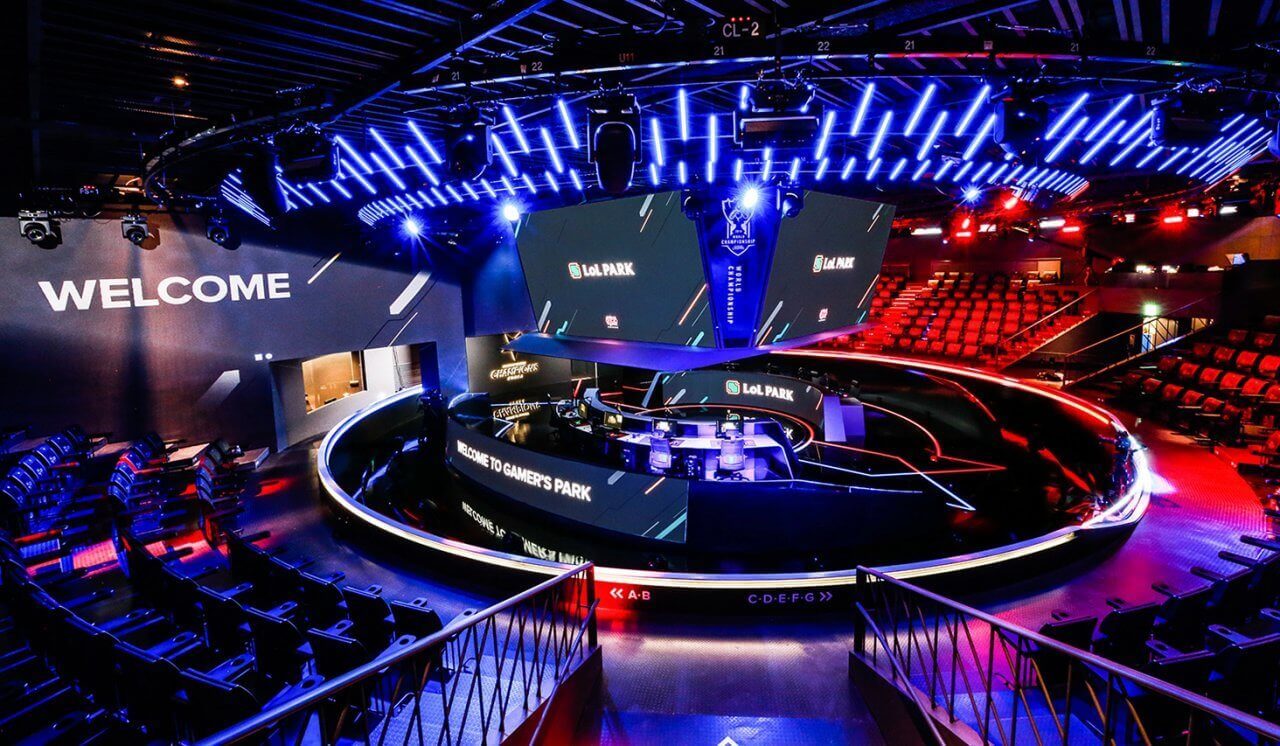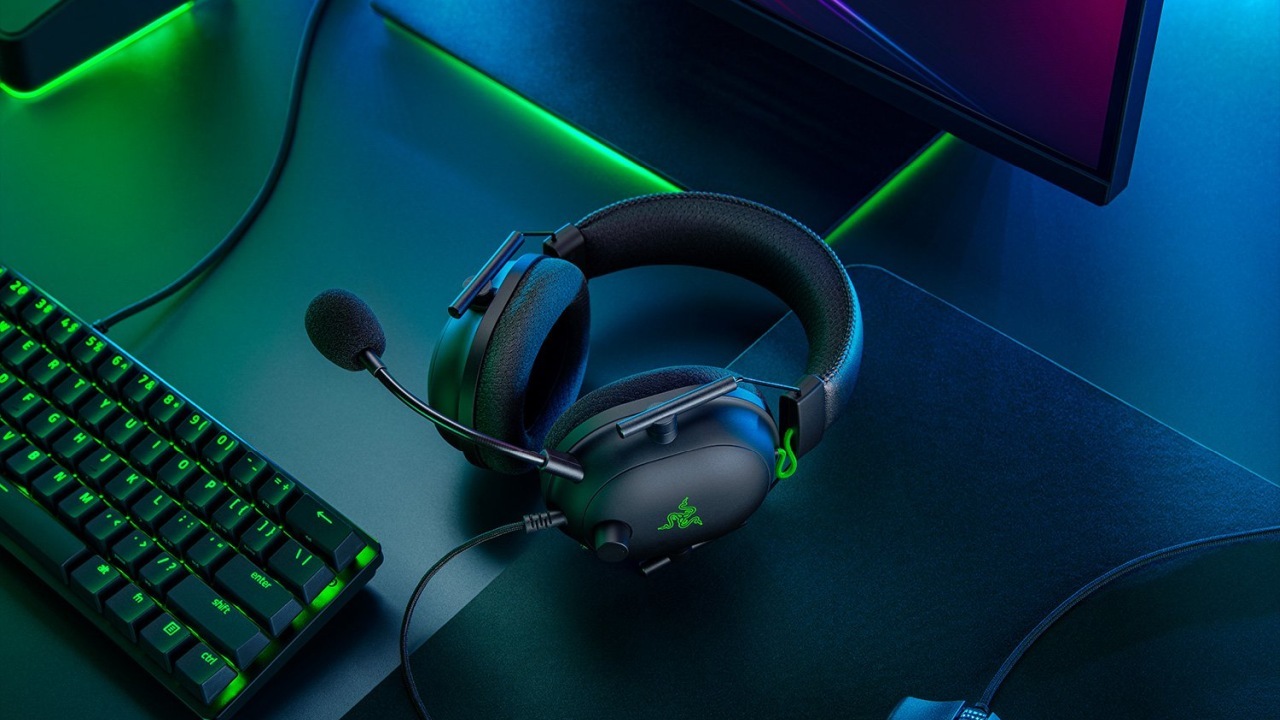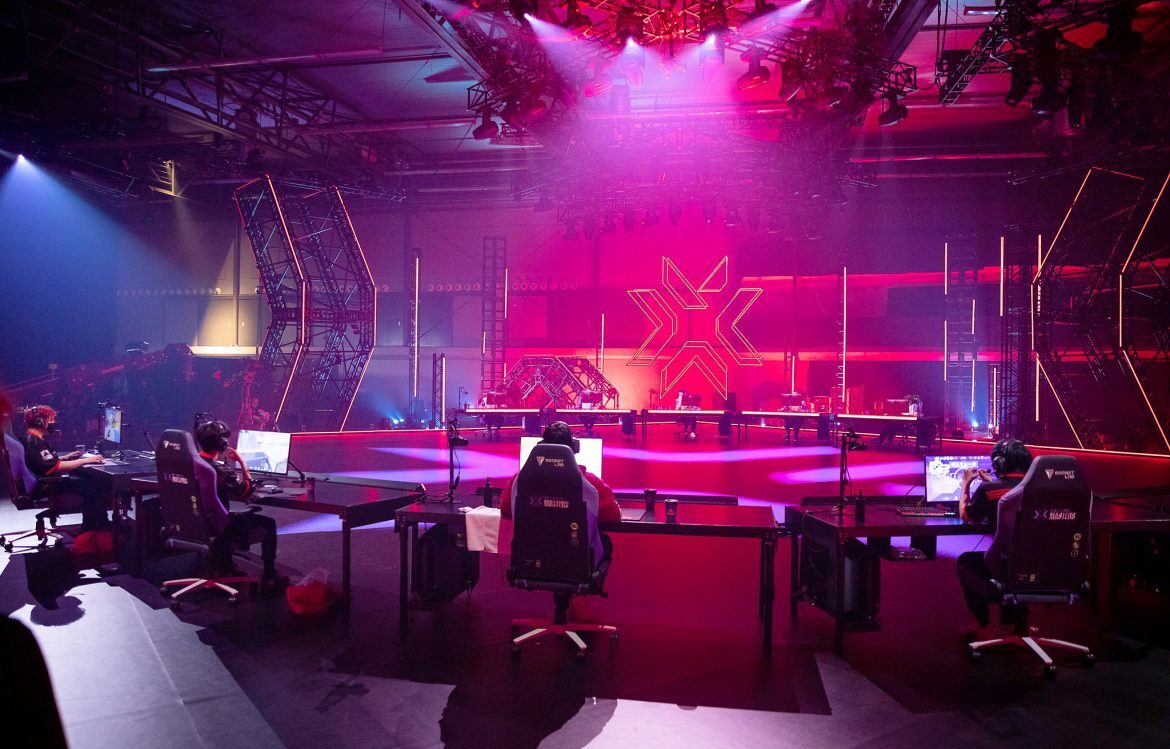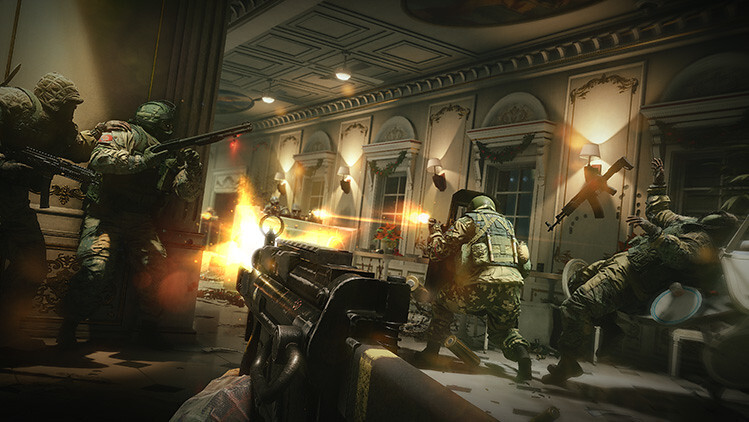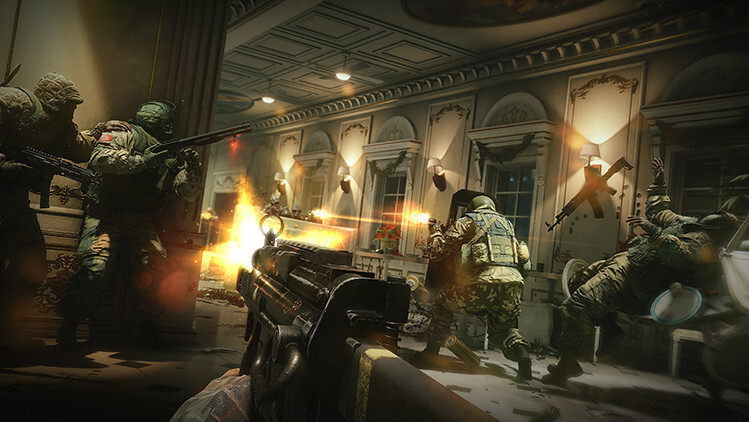
Ubisoft’s tactical shooter Rainbow Six Siege had a more than troubled launch – amid delays, bugs and matchmaking issues, the game couldn’t quite live up to the positive reviews it got from critics. Rainbow Six Siege as an esport suffered a similar fate – the very first LAN event was plagued with issues. Yet, sometime later, it made a spectacular recovery.
A problematic beginning
A full six months after the game’s launch, Ubisoft partnered with ESL in order to host a Rainbow Six Siege LAN tournament in Cologne. Compared to modern competitions, it was a small event – $50,000 prize money up for grabs and only four competing teams. The audience consisted of press and event staff.
It was supposed to kickstart Siege’s transition to a fully-fledged esport – except that’s not what happened. In the very first match, a player using the character Sledge found that his character’s unique weapon couldn’t break windows. As he was one of the most popular operators at the time, Sledge’s inability to use his weapon was a big issue.
"The first round, the first action we see on screen is actually indeed the infamous Sledge bug. At that moment, it felt like a tragedy because that was, again, that first action, first game, our first final ever, and a bug happened.” – Brand Director of Rainbow Six Siege Alexandre Remy.
The recovery
The fact that Rainbow Six Siege made it back from the brink is mostly thanks to the dedicated support from Ubisoft Montreal. The developers there patched out and updated the game frequently. Over the course of three years after its release in 2015, Rainbow Six saw steadily rising player numbers under Ubisoft’s subscription model – by 2018, they hit the 40 million registered player mark.
In addition to standard bug fixes, Ubisoft Montreal also introduced new elements to Rainbow Six Siege – among others, an auto-kick feature for players who killed teammates, anti-cheat software, and they actively ban players who use homophobic or racist slurs in order to combat toxicity.
As far as game improvements go, the devs did just about everything right. They first improved the actual gameplay experience, then the community, and finally drummed up interest for the esports side as well.
The esport
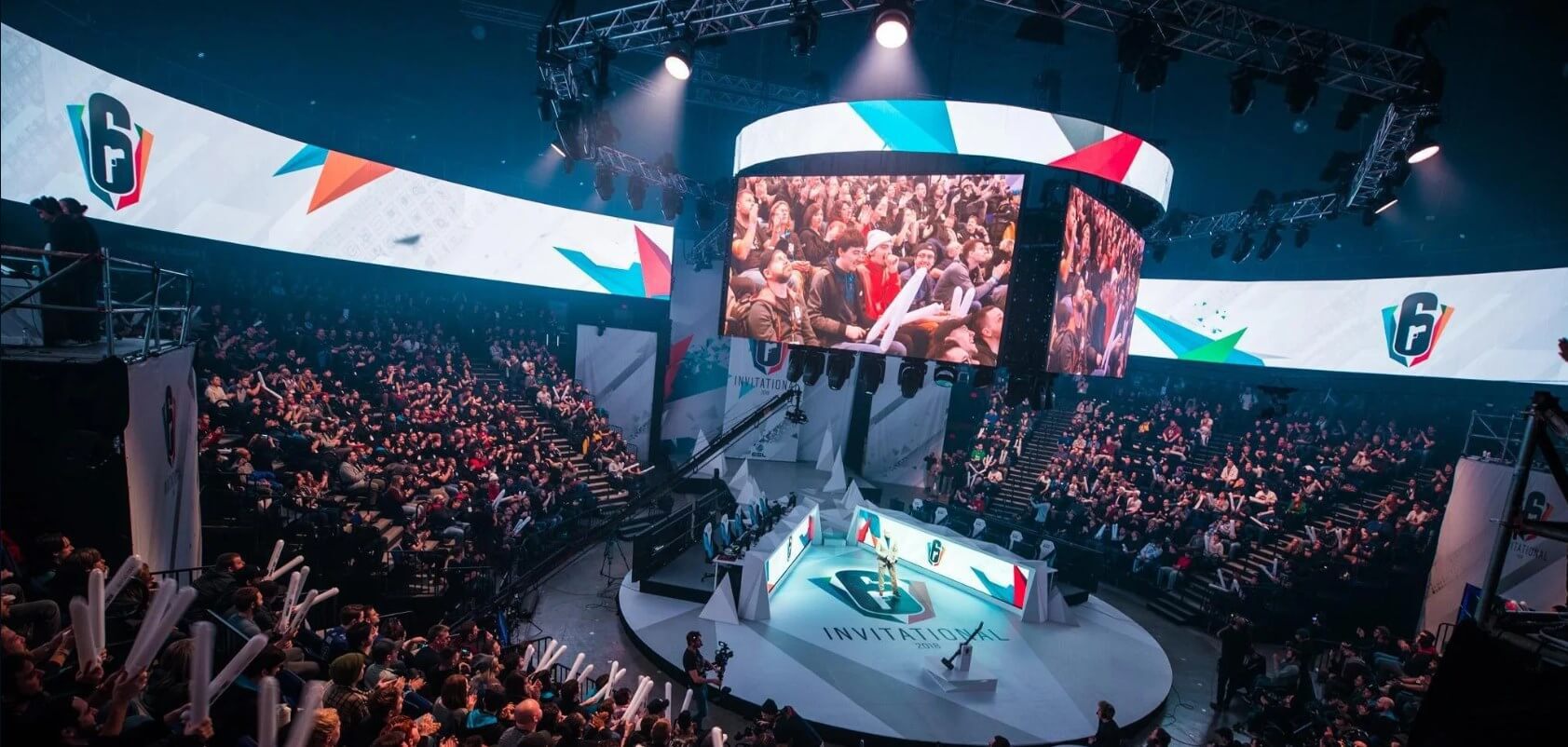
Despite its humble beginnings, Rainbow Six Siege managed to recover and find success as an esport. By the 2020 Invitational, the prize money for the tournament had grown to $3 million – an incredible development after the slow start this game had.
Interest only increased when they moved towards Latin American and Asian Pacific audiences – Ubisoft Montreal committed to a second season and made some major changes. They scrapped the Xbox competitive series, added Latin America to the Pro League and invested in more appealing prize pools.
By the end of the second season, Alexandre Remy’s tone had changed considerably:
“We were taken by surprise by the level of viewership, for instance, and commitment of the people, but let's be honest, we were nowhere near whatsoever any of the big esports.”
During this second season, some rather big names in esports signed up Rainbow Six Siege teams – among them, FaZe Clan, Team Liquid, Evil Geniuses and more. More followed – G2 Esports, Natus Vincere, Team SoloMid and Fnatic all joined in on the fun.
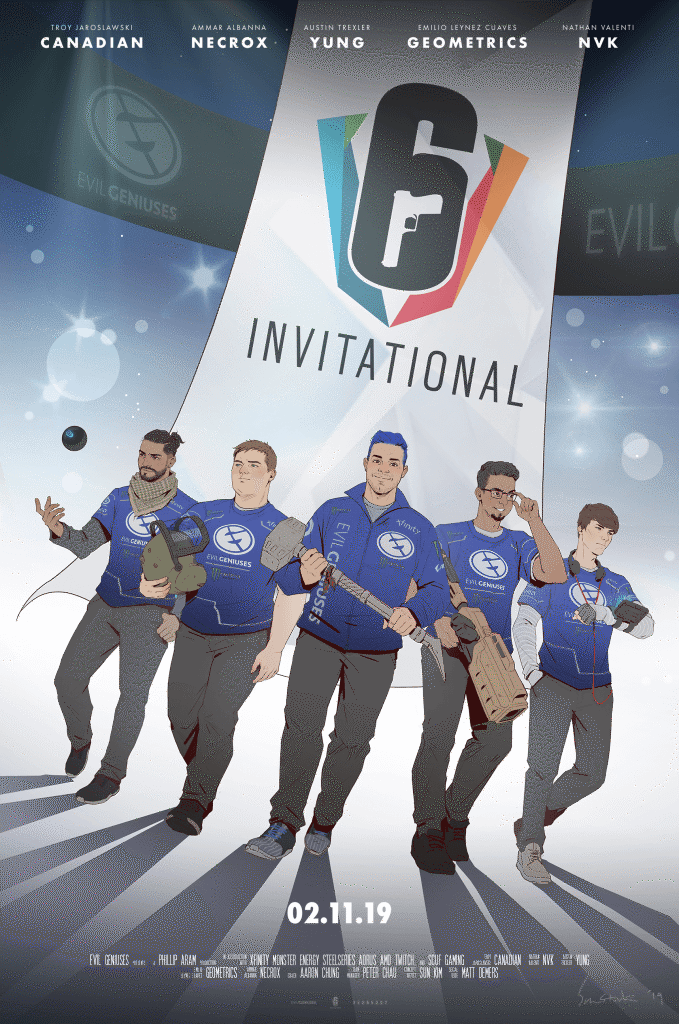
Rainbow Six Siege managed to recover from a bad launch in a way that almost no game – in esports or otherwise – can. It’s shown phenomenal growth over time and is aiming to compete with the big leagues of Dota 2, Overwatch or League of Legends. Whether it will find success there too, remains to be seen.







